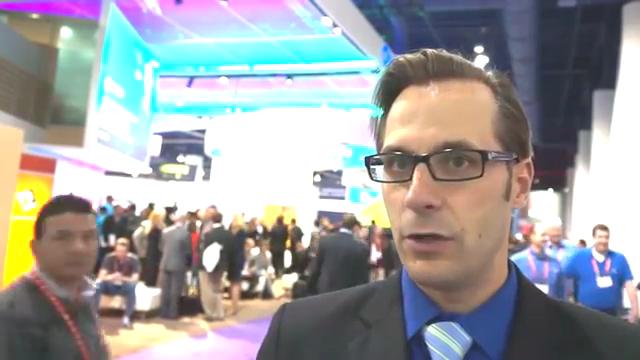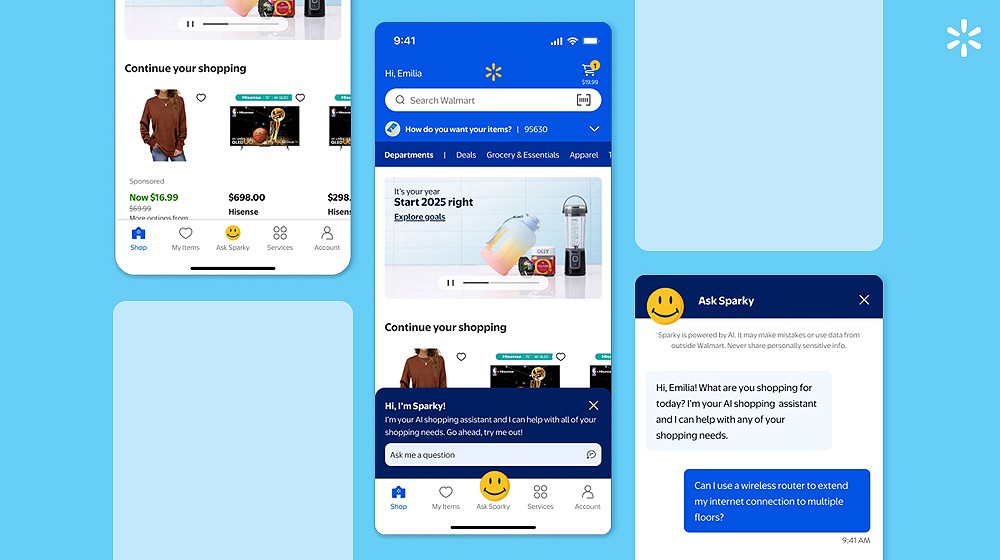The following was published in Dealerscope in November 2007:
The first International CES debuted 41 years ago. Since then technology has made great strides, introducing a plethora of innovative products that not even George Orwell could have predicted. The 1970s were the information decade. The average household owned just 1.3 technology devices, and consumer technologies were largely used to receive information. Families gathered around a television or radio at a set time for the latest news and entertainment.
The 1980s introduced the productivity decade. The technology industry unveiled the mobile phone and the personal digital assistant (PDA). The fax machine took off and software began leveraging the awesome power of the personal computer.
The productivity decade led to the digital decade of the 1990s. Moore’s Law catapulted the technologies of the previous decade into homes across America. Traditional distribution was supplemented—and in some instances supplanted—with digital distribution. The proverbial “e” became a common preface to differentiate this new distribution from what had existed, in some cases, for thousands of years: e-mail, e-faxes, e-commerce. And, of course, digital television burst onto the scene.
In each sequential decade, technology has built on the progress and advances made in the previous decade. The 2000s combine elements of each decade preceding it. This decade, however, is also more than just additional information, new productivity enhancements and greater digital reach. The 2000s have become the connecting decade for consumer technologies. People are now using hardware and software to connect to devices and other people.
The connecting decade is changing how we connect to content. For example, 50 percent of households today physically move digital content from one room to the next when they want to transfer those files within the home. Twenty-one percent of households physically move the device when they want to move the content into another room. About 23 percent of households’ preferred method for distributing files around the home is through a central storage device.
Another sign of the connecting decade is the large growth in network hubs and routers. This year, household penetration rate for network hubs and routers increased to 30 percent from 22 percent in 2006, which represents one of the fastest growing penetration rates in 2007.
In the mobile electronics market, consumers are also connecting technology devices. Twenty-four percent of U.S. adults expect to own an OE integration product in the next three years, enabling them to connect portable devices like an MP3 player to their vehicle. Technology enthusiasts are even more inclined to integrate technology with their vehicles. On average, they expect to own OE integration capabilities in just the next 1.4 years.
The growth of broadband is facilitating the connecting decade in the U.S. Recent CEA research finds 75 percent of all households with Internet connectivity have broadband. Today, 72 percent of all adults say they regularly access a broadband connection, highlighting the growth of broadband connections in places like offices, coffee shops and libraries. The technology infrastructure built in the 1990s is rapidly working to connect individuals.
CEA’s research also finds 49 percent of broadband subscribers have had it at home for less than 3 years. Moreover, 20 percent of non-subscribing households say they’ll subscribe to broadband within the next two years.
In the first part of the decade, Web 2.0 exploded onto the scene—empowering regular people to become major media players. Individuals can now post photos, write blogs and leave reviews. For the first time, user-generated content is garnering viable consideration and mindshare. This movement began with select individuals connecting to masses, but has quickly evolved into individual connections exploding across the technology landscape.
Wi-Fi-enabled devices are increasingly making it possible to quickly and seamlessly connect with others. Hardware and software are combing to allow people to broadcast to others the restaurants they like, musing they have, dates they want and even what they are doing on a minute-by-minute basis.
The best new companies today are taking full advantage of the connecting decade. As the 2008 International CES approaches, look for innovative companies to combine the hardware, software, and services individuals will use to leverage connections across the technology landscape.



